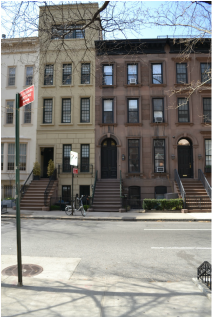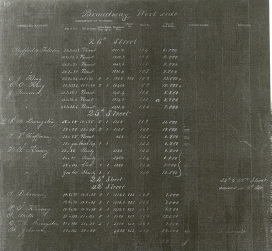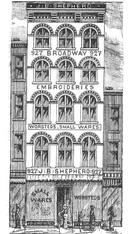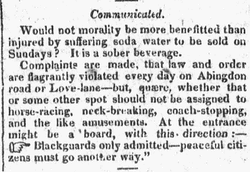
There are many types of buildings to explore such as: townhouses, detached houses, commercial buildings, stables, hotels, apartment buildings, etc., and the reasons for conducting the history are just as varied. The research can actually be a fun adventure of mystery and discovery. Here are some of those reasons for “why a house history” for both residential and commercial properties:
CURIOSITY
I don’t have to say much about curiosity. Anyone who has entered an older building whether it is a residence or business has probably been subject to the wandering thoughts, wondering who walked the halls, what life was like in the past. Questions pervade like, what contribution did the owners or workers make to the building or the business it housed? The swarming questions often beg to be answered and seeking documents for those answers is the beginning of conducting a house or building history.
KNOWING YOUR INVESTMENT
Beyond curiosity, another more important reason to conduct a house history is to become better acquainted with your property. What do we really know about one of the largest investments we are making? It is amazing that generally we purchase a house or building knowing very little of its past. Developing a historical prospectus via a house history can provide complete documentation of the property and building over the years including the economics, construction and renovations, owners, building uses, etc. There is nothing like knowing your property inside and out. It provides a solid handle on its worth.

Have you ever come across a building with a rather disjointed eclectic style which seemed to detract not only from its beauty, but from its value? I recall that very feeling when purchasing my home in the 1980s. After researching the history and engaging an engineer familiar with older homes it was discovered that the main part of the house was built pre-1810, an addition was built in the late 1890s and the final, somewhat bastardized extensions were added in 1970. I have no doubt that the reduction in price and length of time on the market had something to do with the lack of understanding of how to connect the old with the new. After purchasing the property and conducting a house history we gained insight into its past which assisted in our renovation and restoration efforts resulting in a more cohesive look.
These are just a few reasons why conducting a house history might be advantageous and fun. More to explore...
NEXT WEEK: Part II – Real Estate, Historic Designation and Building a Legacy



 RSS Feed
RSS Feed